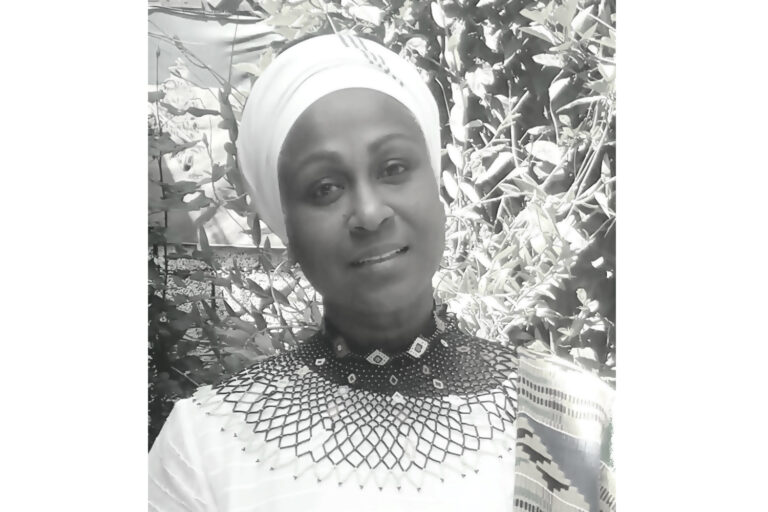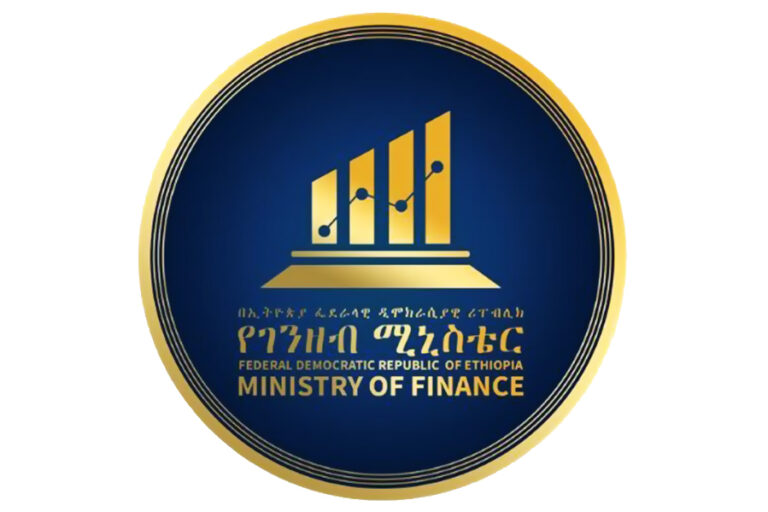“Sticks and stones may break my bones but names shall never hurt me” was a popular 20th century children’s saying to ward of verbal bullies. Imagine the number of mothers ready to wipe tears and heal the heart of a child experiencing bullying, name calling or even physical abuse. Not to mention this is typically done by a bigger more powerful peer. This saying is an excerpt from “Eothen” by William Alexander Kinglake in an 1844 account of his travels to the “East” – Syria, Palestine and Egypt. There isn’t much about historical context, but this is not about the book or the author. It’s about how we handle “bullies”, writing our own stories in the process, be you a baby boy or girl, a man or woman or nation.
“Sticks and stones may break my bones…”; is a fact and may even result in fatal injury, however, it is false that “names shall never hurt me”. African women have had to fight stereotypes and strategies to “keep them in place”. Verbal abuse, bullying, in form of colonial policies, laws and practices harmful to African women, ironically have young African sisters now embracing Euro-centric forms of feminism, but that’s another story. Youth within the Ethiopian artist community are questioning, NO confronting, these harmful stereotypes. “LAYERS” is a solo art exhibition by Michael Hailu Teferra at Atmosphere Gallery in Addis Abeba that explores this issue. Michael says, “Layers is a body of work through which I explore representations and narratives vis a vis invisible people who make indelible marks in the life of others. I use silver or gold paint for the background of some of my paintings. Silver is second to gold and I want the latter to honor the women I paint. Lets start with my mothers love and sacrifices to bring me up single handedly. I have a beautiful life… thanks to her. Layers is about the multiple histories carried by women. As a man, I have a given position that supposedly allows me to think about and treat women in a certain way, a position of power and superiority that I have come to question.”
Michael, an intense passionate and truth seeking artist; uses free heavy deliberate strokes of oil paint on canvas; seemingly in an effort to rid the stones and re-write the stories aimed at women, exemplified by his m(other). Determined he states, “I want to create my own myth, a golden age for my mother and all those invisible women who strive for a better world”. His artistic statement – in solidarity with women – informs, inspires and hopefully moves society to re-think the treatment and space in which women are relegated. Michael’s use of gold and silver amidst an array of colors expresses his gratitude and value for the ever-present female force. Ethiopia is invited by the son of Hailu, to take the journey of discovery and affirmation, unabashed.
Writing our own history is yet another way to respond to oppressive narratives, as words do hurt and cause severe harm for generations to come. The cooked history books perpetuating western hegemony, negatively impacting the African psyche systematically, is best confronted with our own words, speaking truth to power. Ethiopia had the unusual opportunity and history to evade the bullies on numerous occasions. In most cases, they were backed by or Western forces, but that’s another story. Attorney Artist Actionist Author, Kwasi Bonsu Esq. penned, Haile Selassie I’s Ethiopia, Volume One: The Rise of the Priestly Warrior Kings, deemed “…a fascinating exploration of the Ethiopian royal history anchored by the birth story of Ethiopia’s 225th ruler from the Solomonic line, His Imperial Majesty, Emperor Haile Selassie I.” The book is not your typical heavy pages of history. Instead, it is written in the voice of a storyteller, akin to Kwasi’s youth years listening to Rastafari Elders weave incredible stories of days of old in Jamaica and days of even older in Ethiopia. The book traces the glorious history of Ethiopia, documenting thousands of years, which some like to refer to as “myth”. His detailed research is impressive, though he admits the translation of Ge-Ez and Amharic were challenging, and things do get lost in translation.
The words penned in Kwasi’s griot voice, will help set the record straight in an easy to read format, with more to come. This publication is the first of seven volumes, exploring the Pan African perspective of HIM Emperor Haile Selassie I’s world before and shortly after his birth in 1892. The artist/author refers to the Majesty in Volume 1, as “Baby Boy”. A bit strange at first, then it’s clear. “It outlines how his birth occurred in the midst of the European scramble for Africa, marking the end of an era… dawn of a new beginning. Transporting the reader through time … a front row seat to the events that shaped not only Ethiopia but the world-at-large.” As African artists combat sticks and stones through speech and strokes, it is certain that the future of Africa will realize the backing off of bullies and the re-establishment of a world envisioned by a spectrum of artists.
Dr. Desta Meghoo is a Jamaican born Creative Consultant, Curator and cultural promoter based in Ethiopia since 2005. She also serves as Liaison to the AU for the Ghana based, Diaspora African Forum.






